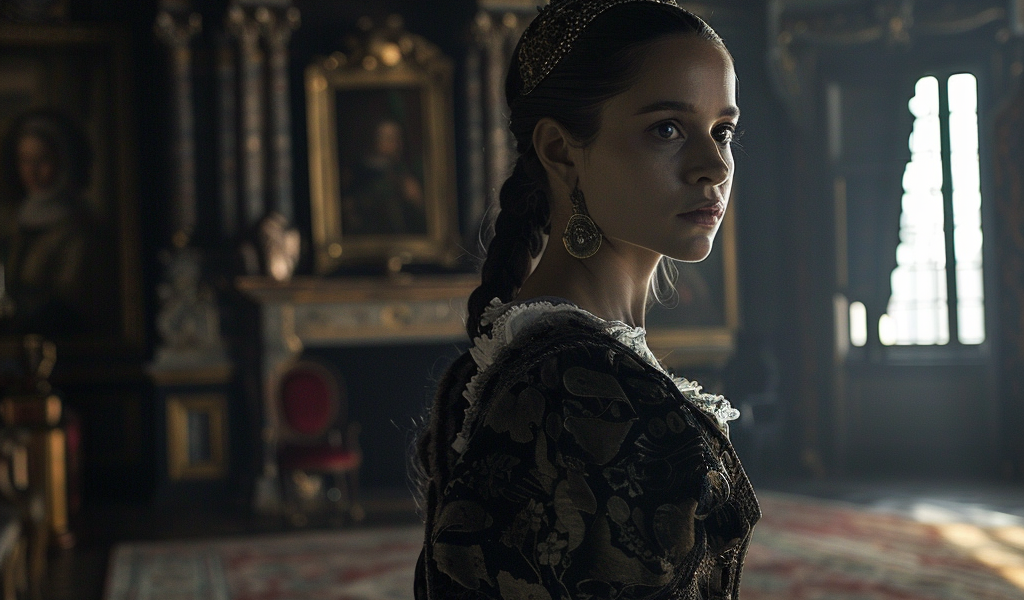Firebrand, a recent historical drama depicting the life of Catherine Parr, the sixth and final wife of King Henry VIII, has garnered attention for its portrayal of the lesser-known queen. Directed by Karin Ainouz, the film sheds light on the remarkable story of Catherine Parr, who narrowly escaped a perilous marriage with the infamous king.
Unlike previous retellings that often overshadow Catherine’s narrative with the dramatic fates of Henry’s other wives, Firebrand places the spotlight on the resilient queen. Played by Alicia Vikander, Catherine Parr is portrayed as a strong and determined figure, far from the typical depiction of a passive and aging consort.
The movie delves into the tumultuous relationship between Catherine and Henry, showcasing the challenges she faced as his wife. Despite being tasked with caring for the ailing and obese king, Catherine’s character is shown as more than just a caregiver, highlighting her unwavering Protestant faith in a Catholic-dominated court.
However, while Firebrand excels in its casting, attention to historical accuracy, and portrayal of Catherine’s struggles, it falls short in its conclusion. The film’s revisionist ending, aimed at celebrating Catherine as a ‘great woman,’ overlooks the real-life complexities of her story.
In 1546, Catherine found herself embroiled in political intrigue as Catholic figures plotted against her due to her Protestant beliefs. Despite Henry’s initial admiration for her abilities as regent and stepmother to his children, Catherine’s lack of royal connections left her vulnerable to the whims of the king and his advisors.
Unlike some of Henry’s previous wives, who had foreign ties to protect them, Catherine faced a precarious position without a safety net. The film captures the tension and danger that surrounded Catherine as she navigated the treacherous waters of court politics.
Ultimately, Firebrand offers a fresh perspective on Catherine Parr’s story, shedding light on a lesser-known chapter of Tudor history. While the film takes creative liberties in its portrayal of events, it serves as a compelling tribute to the resilience and courage of a queen often overshadowed by her predecessors.





